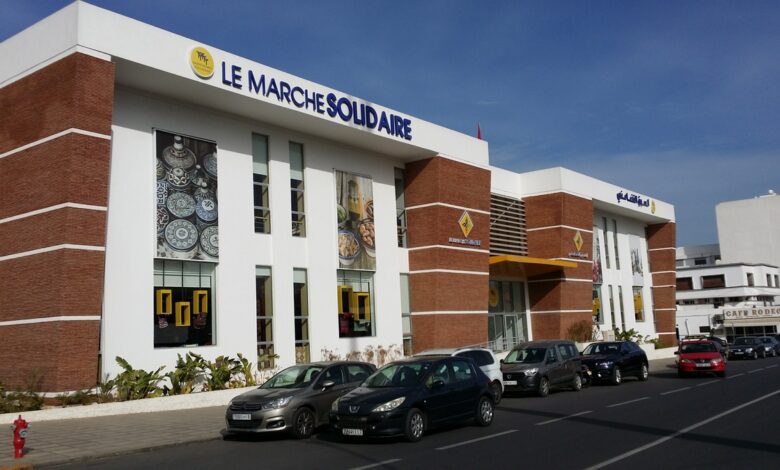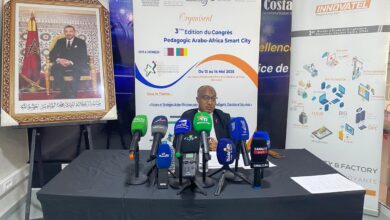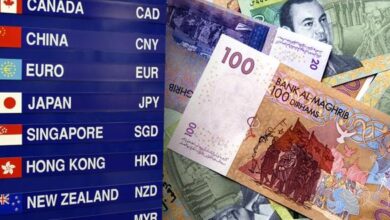From Field to Shelf: Agricultural Cooperatives Navigating Marketing Challenges and Equity Issues

The Stories Behind the Products: A Look at the Solidarity Market in Casablanca
Behind every jar of honey, bottle of argan oil, handwoven rug, or sachet of herbs lies a tapestry of human stories. These narratives belong to the women and men organized into cooperatives, who, with patience and perseverance, preserve ancestral skills and transform them into sources of income. Yet, despite their authenticity and quality, these products still struggle to find their place in traditional and modern distribution channels.
In this context, the Solidarity Market of Casablanca stands out as a unique space. It showcases over 5,000 products representing 60 regions of Morocco. Here, you can find everything from foodstuffs and cosmetics to crafts and textiles—at prices set by the producers themselves, embodying the spirit of fair trade. Beyond mere selling, this market also provides support to improve product quality, assistance with obtaining necessary certifications from ONSSA (the National Office for Food Safety), and ongoing training to help cooperatives meet market demands.
However, numerous challenges persist. While the Moroccan government backs these initiatives through various programs, the private sector remains somewhat aloof. Large and medium-sized retailers allocate only limited shelf space for cooperative products. Even more concerning is that a significant portion of aromatic plants is sold raw to foreign wholesalers, who then process and re-sell them at multiplied prices. This leaves local producers with a negligible share of the resulting profits.
It’s time to change this reality. Because behind these cooperatives, there lies not just products, but also dignity to uphold, skills to protect, and economic sovereignty to build.




